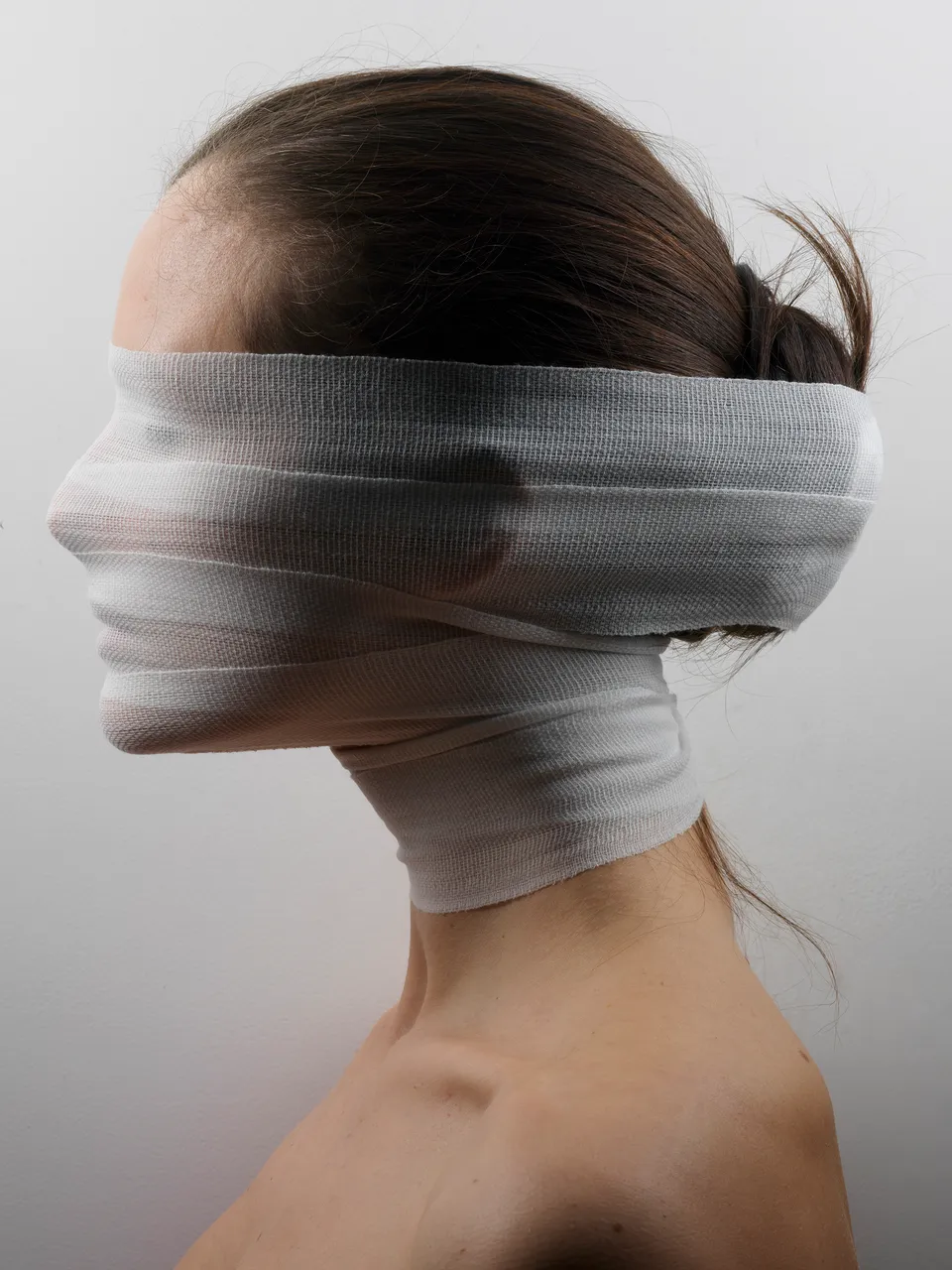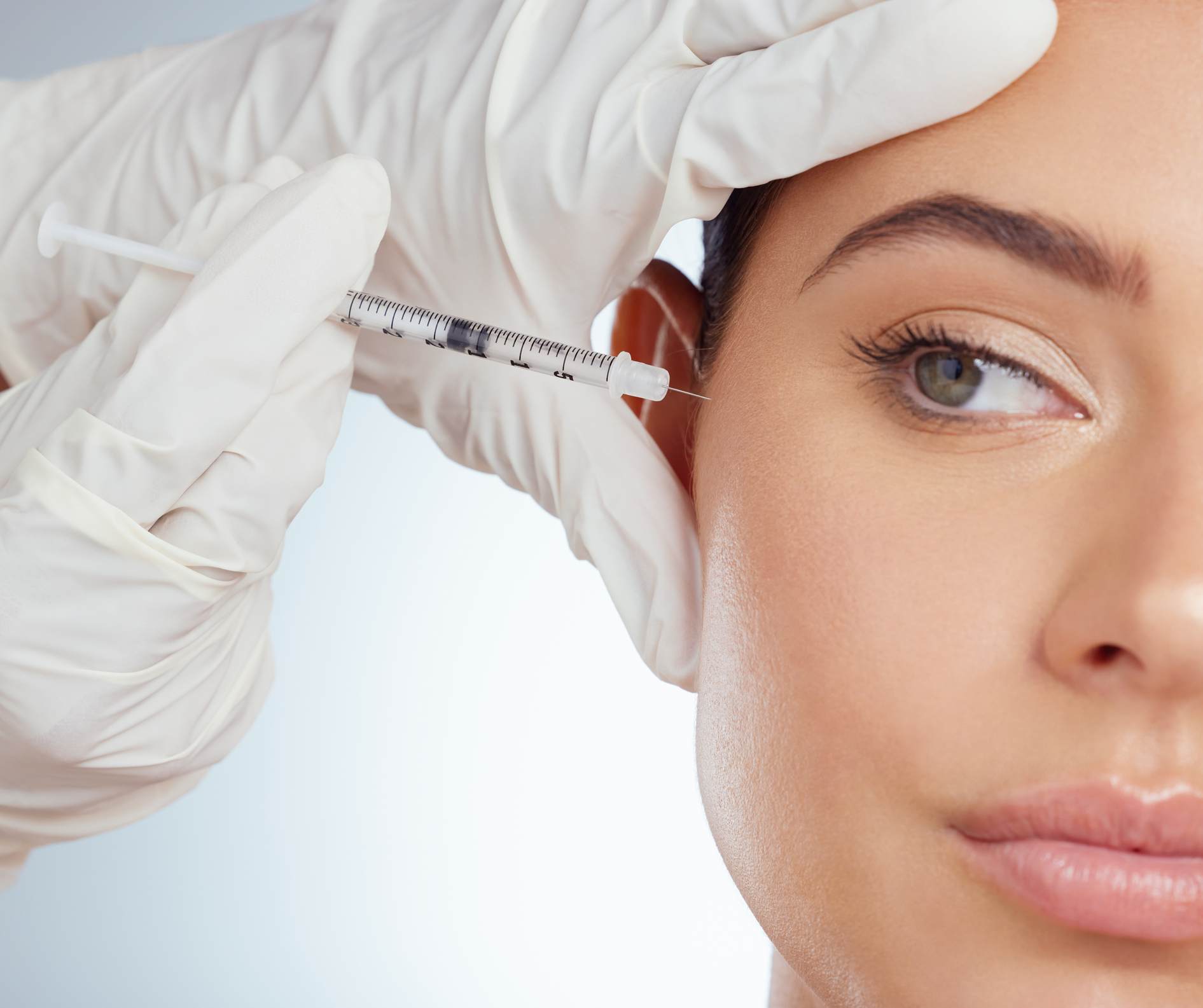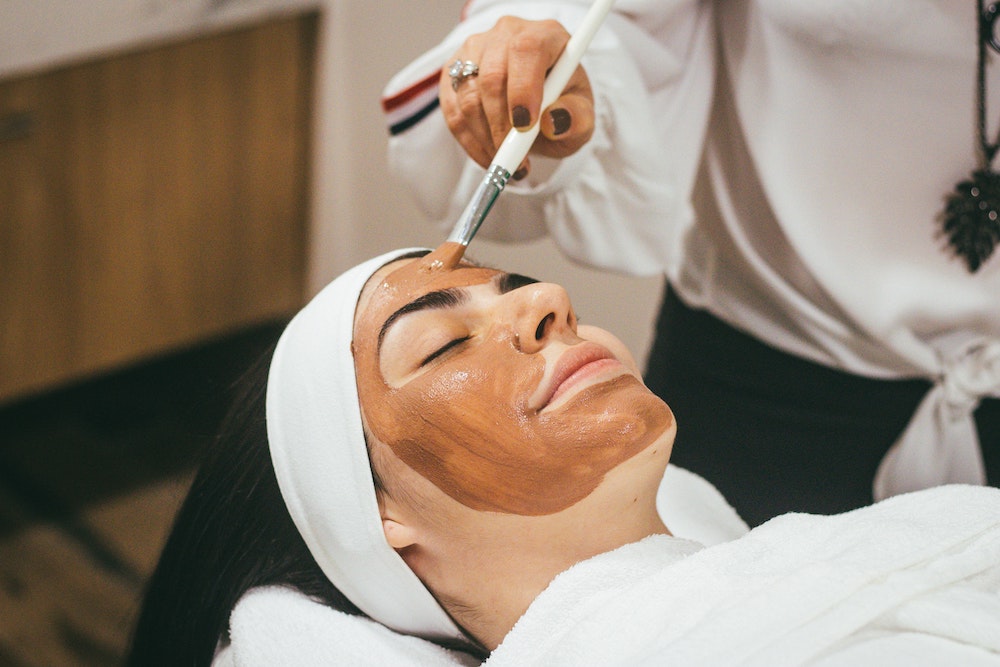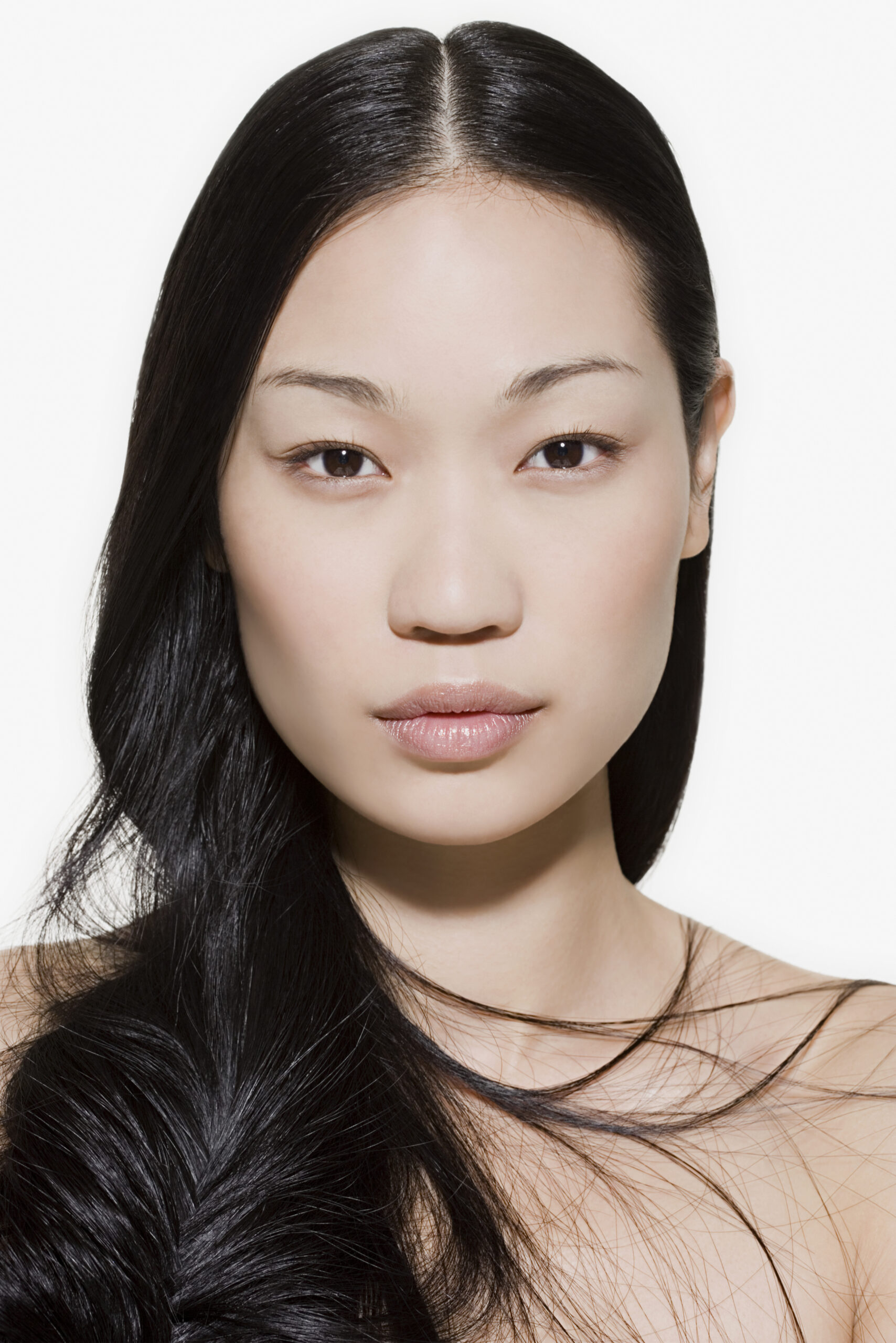Surgeons get real about the rise in misleading post-op pictures — and reveal how to spot fakery.
Originally posted in Allure by Jolene Edgar
Over the past six months, I’ve been receiving provocative DMs from a famous plastic surgeon. Most mornings, I open my phone to find images of perky breasts and taut tummies, straight noses, sharp jawlines, and the occasional rear end of enviable proportions, all surgically manufactured. The doctor sends each photo with an uncensored critique — not only of the work that’s been done, but how it is portrayed — and a clear aim: to expose the subterfuge that is rampant among aesthetics accounts on social media. It’s as if he’s building a case, with Instagram as his richest source of discovery.
Much of what this surgeon shares are unreliable before-and-after images, engineered to elevate the results they’re promoting. “Beware the surgeon who isn’t fastidious enough to take consistent photos,” he warns. “It shows they are lazy, not careful, or intending to manipulate you.” The tactics run the gamut, he points out, from sneakily irregular poses (“He compares standing to supine?!”) to more egregious offenses, like presenting intraoperative “on-the-table” shots as actual outcomes when, in fact, real results take months to develop (“That’s not an ‘after!’ It’s a ‘during.’ It is during the first minute of the healing process”).
These concerns are valid — and backed by data. In a study published in Plastic and Reconstructive Surgery Global Open in 2022, researchers reviewed and graded more than 2,000 before-and-after images of facial cosmetic procedures posted to Instagram by aesthetic medicine practitioners, and “showed that the average before and after is medium-to-poor quality, with as many as 40% being potentially deceptive,” says lead author Danny Soares, MD, a board-certified facial plastic surgeon in Fruitland Park, Florida.
The most misleading photos are those taken moments after treatment, before tissues have begun to mend, settle, and scar, and selfies snapped by patients — “often with favorable lighting, makeup, angulation, and filters,” notes Dr. Soares, that providers commonly post without acknowledging said embellishments and their sway over results.
New additions to the category of “after” enhancements are semaglutide (a.k.a. Ozempic) and other GLP-1 drugs known to have a slimming effect. Steven Teitelbaum, MD, a board-certified plastic surgeon in Santa Monica, California, recently alerted me to the burgeoning trend of tummy tuck and liposuction patients “looking better than expected” after surgery due to substantial weight loss. “This has always happened to some extent — breast reduction patients often lose weight [post-op] and improve their bodies on their own — but we are seeing much more of it,” he says. And the doctors posting images of these metamorphoses rarely point out the influence of Ozempic on the surgical result. Says Umbareen Mahmood, MD, a board-certified plastic surgeon in New York City, “To me, this is as deceitful as photoshopping.”
Ideally, clinical photos are taken in a room designed for that purpose, always with the same camera, on the same settings. Patients are carefully posed at a prescribed distance from the lens and captured from multiple angles. Backdrops (solid, matte) and lighting (bright, balanced) are identical. Nothing distracts from the transformation that is being documented — not hair, makeup, clothing, or jewelry. “Nonsurgical treatments should adhere to the same established standards that exist for surgical procedures,” says Dr. Soares.
Plastic surgeons in training learn the fundamental elements of clinical photography and the importance of uniformity, so deviations from textbook norms can hardly be excused as ignorance or accidental. Also, interestingly, the trickery isn’t limited to a select subset of doctors: “It spans all different surgeons, from the best I’ve ever seen operate to people who are brand-new and probably still trying to figure out their lighting setup,” says Elizabeth Chance, MD, a board-certified facial plastic surgeon in Charlottesville, Virginia.
What’s behind the sharp uptick in illusory images? Many attribute it to the unrelenting nature of social media and the 24/7 pressure to produce grabby content. “With Instagram, there’s this immediate need to feed the beast,” says Troy Pittman, MD, a board-certified plastic surgeon with practices in Washington, DC, and New York City. “That’s why we get so many on-tables. It’s like, ‘This will be cool to show right now, today.’” Plus, for the public, he continues, “there’s something really salacious about the operating room,” so these photos tend to get likes. Because such images disregard the healing phase and its impact on remodeled tissues, however, they are not legitimate afters.
“No one puts on-table results on their website,” Dr. Pittman says. In those galleries, “there’s almost an expectation of standardization.” The same goes for the portfolio-style photo books in doctors’ offices, which are still surprisingly useful in this digital age. Many folks don’t want their results plastered on a surgeon’s social media or website, but they will allow doctors to show their pictures to prospective patients during in-person consultations.
Office websites may be more trustworthy than social feeds, but most of the doctors I interview say they update them infrequently — once every nine months, in Dr. Pittman’s case — because it’s a cumbersome task that involves paying a web specialist. For better or worse, it seems “Instagram has become the new website,” says Jason Roostaeian, MD, a board-certified plastic surgeon in Los Angeles.
Some doctors view the eschewing of formal photos as a reaction to the nudity restrictions imposed by social media platforms. “Instagram uses AI to scan content and constantly flags before and afters of breast and body procedures for going against community guidelines,” Dr. Mahmood explains. Patient selfies, on the other hand, “tend to trigger less flags.”
Melinda Haws, MD, a plastic surgeon in Nashville and president of The Aesthetic Society, agrees that social media is subverting age-old photography standards. “Doctors who are posting traditional, medical-quality before and afters tend to get more dings for inappropriate content and get shadow-banned or thrown into Instagram jail,” she tells me. “Somebody who posts a selfie that a patient sent them is not.”
After years of helping clients navigate platform restraints and violations, Joseph Jericho, who manages the social media accounts of several high-profile plastic surgeons, sees limitations only getting stricter and predicts a sea change of sorts: “Soon, you won’t be able to view any before-and-after photos on IG,” he asserts. “They’ll be website-exclusive.”
In the meantime, some surgeons are attempting to avoid repercussions by creating separate accounts solely for before and afters, or B&As. “It’s the best thing I’ve ever done on Instagram,” says Dr. Pittman. He links his before-and-after handle in the bio of his main page, offering it up as “a business card for people who want to see my work.” Because this option exists more for serious patients seeking surgery than casual scrollers, it doesn’t matter if IG limits visibility. Relegating results to their own grid also spares his regular followers from “seeing boobs first thing in the morning,” he says jokingly.

















